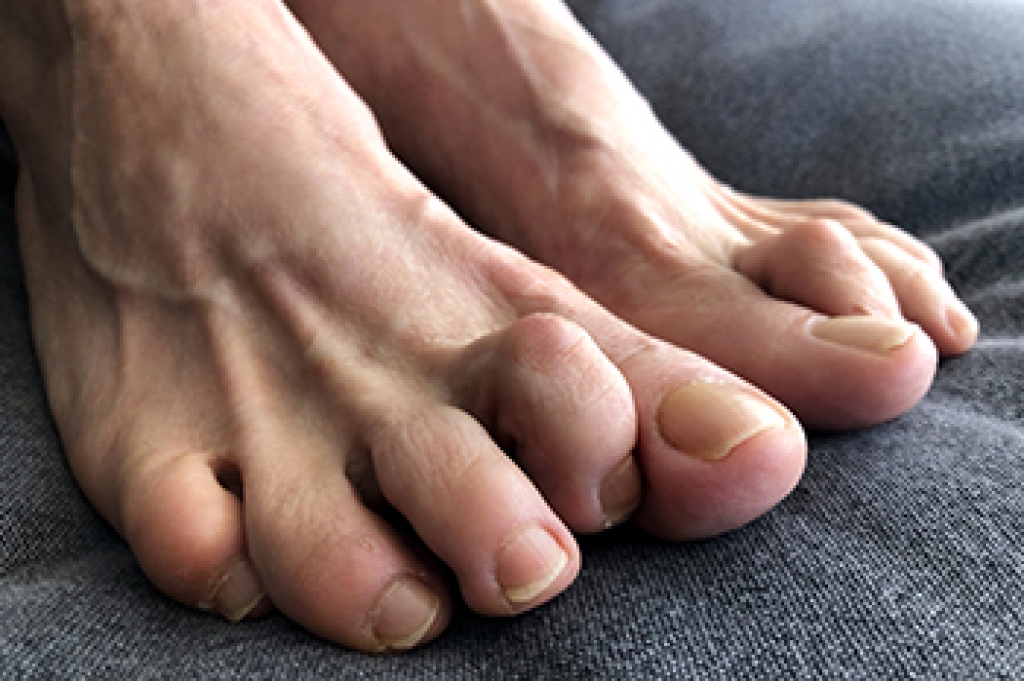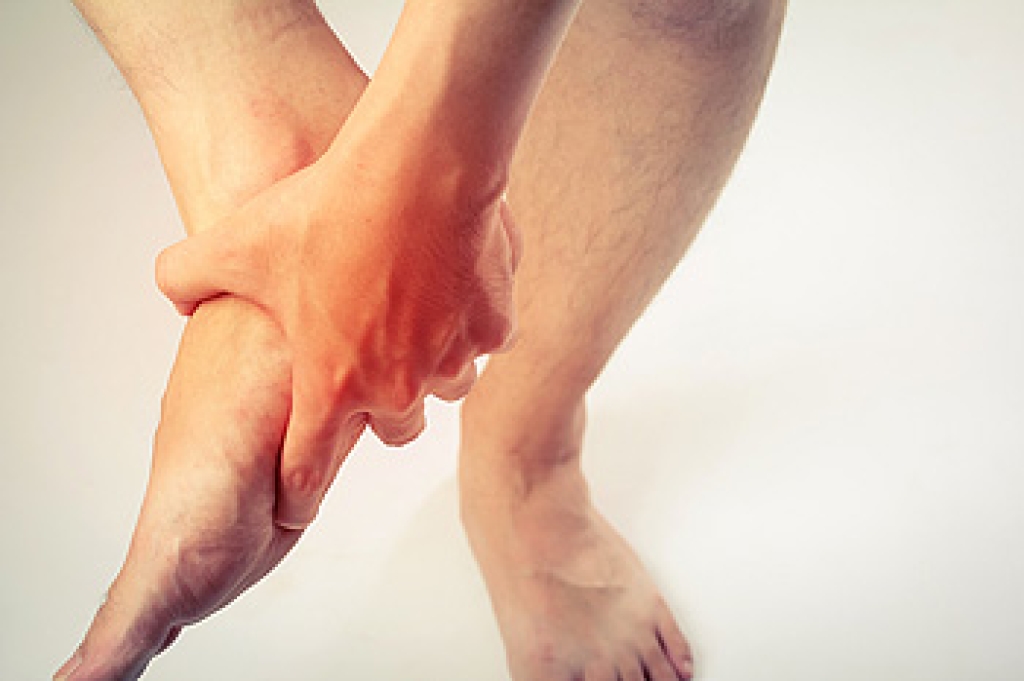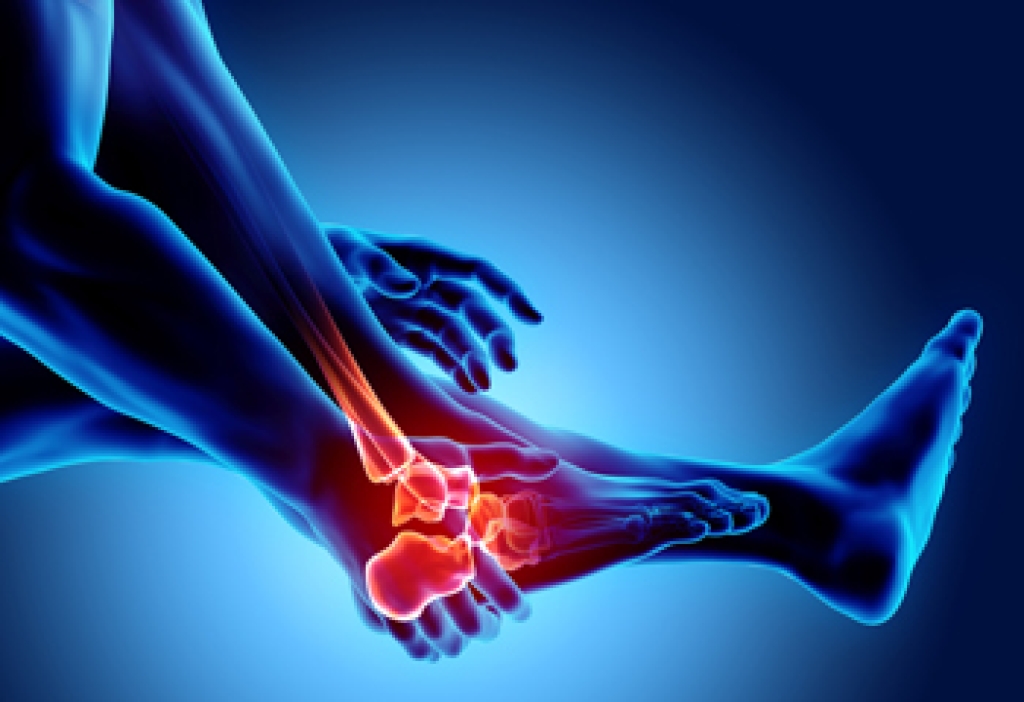
Pickleball has increased in popularity, and because of that, injuries related to this sport are on the rise. Pickleball is played on a small court with paddles and a perforated plastic ball. It calls for a lot of stop-and-start motions and bursts of energy. This increases the risk of injuries like ankle sprains, falls, and Achilles tendon strains. Because of the speed and force involved in pickleball games, many players develop plantar fasciitis, which is an overuse injury that causes inflammation of the band of tissue on the sole of the foot. Bruising of the heels is common, as are blisters on the feet. Proper footwear is an important way to limit both acute and chronic foot or ankle injuries caused by pickleball. Experts have recommended using cross training shoes, rather than running shoes, to improve the stability needed for rapid side-to-side movements. An ankle brace with straps or laces can also be used. It is also a good idea to warm up before starting a pickleball game and to rest if you experience pain. Custom orthotics may be needed for additional support. For more information about dealing with foot pain from pickleball, it is suggested that you consult a podiatrist.
Sports related foot and ankle injuries require proper treatment before players can go back to their regular routines. For more information, contact Wendy L. Grossman, DPM of New Jersey. Our doctor can provide the care you need to keep you pain-free and on your feet.
Sports Related Foot and Ankle Injuries
Foot and ankle injuries are a common occurrence when it comes to athletes of any sport. While many athletes dismiss the initial aches and pains, the truth is that ignoring potential foot and ankle injuries can lead to serious problems. As athletes continue to place pressure and strain the area further, a mild injury can turn into something as serious as a rupture and may lead to a permanent disability. There are many factors that contribute to sports related foot and ankle injuries, which include failure to warm up properly, not providing support or wearing bad footwear. Common injuries and conditions athletes face, including:
- Plantar Fasciitis
- Achilles Tendinitis
- Achilles Tendon Rupture
- Ankle Sprains
Sports related injuries are commonly treated using the RICE method. This includes rest, applying ice to the injured area, compression and elevating the ankle. More serious sprains and injuries may require surgery, which could include arthroscopic and reconstructive surgery. Rehabilitation and therapy may also be required in order to get any recovering athlete to become fully functional again. Any unusual aches and pains an athlete sustains must be evaluated by a licensed, reputable medical professional.
If you have any questions please contact our office located in Bloomfield, NJ . We offer the newest diagnostic and treatment technologies for all your foot and ankle needs.









